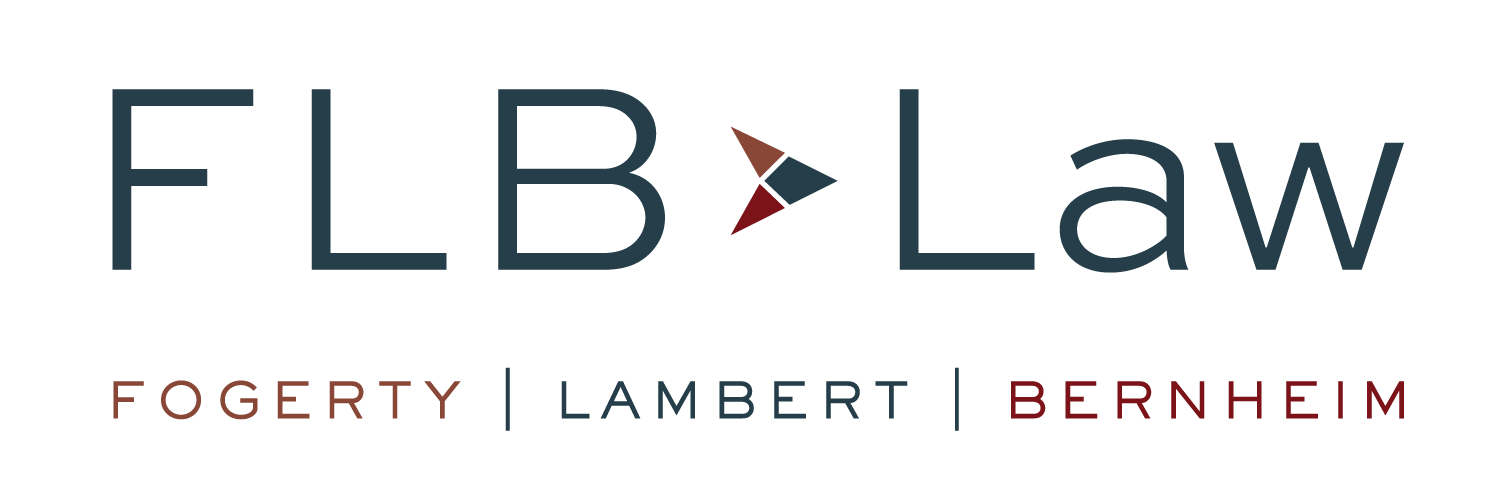Restaurants getting creative with parking solutions post-pandemic
As appeared in the Fairfield County Business Journal
By Kevin Zimmerman
August 9, 2021
To say that the past 18 months have been challenging ones for the restaurant industry would be a laughable understatement.
But even with Covid-19 (possibly) in retreat and dining establishments able to offer both indoor and outdoor service to an increasing number of patrons, a new problem has appeared for many of them — namely, parking.
“There are places in Westport where I live, in Greenwich and in other towns where they’re now taking up almost two times their regular footprint,” Eric Bernheim, a managing partner and head of the hospitality practice at FLB Law in Westport, told the Business Journal.
“The best approach for these restaurants is not to now turn around and limit outdoor dining,” he continued. “People have really enjoyed it — I think a lot of them almost expect it.”
Along with booming takeout and delivery business, space is at a premium for the likes of such FLB clients as bartaco — which has locations in Stamford; Westport; and Port Chester, New York; — and Barcelona Wine Bar, whose locations include Fairfield, Norwalk and Stamford.
Bernheim said that for the most part it is up to the restaurants to come up with solutions to their parking problems.
“It’s not that municipalities don’t want to help,” he said, “but they’re concerned about traffic flow and parking.
“Regulations don’t always require parking for outdoor dining in terms of square footage,” Bernheim said. “But if you can provide parking solutions, why not do it?”
Deals can be worked out with abutting office buildings, he noted — at least for dinner, when the 9-to-5 crowd has already gone home.
“The restaurant would normally pay them a licensing fee and cover the insurance. You need to have indemnity in place so the lot owner doesn’t get sued if a restaurant patron falls down there.”
With the hybrid work model still in effect at many companies, the attorney said, some restaurants may be able to take advantage of empty lots even during the day. “Even where my office is, in a 30,000-square-foot building, it was maybe 25% full even before Covid,” he said.
Most office-building owners “are happy to get a second source of revenue,” Bernheim said.
He also said that, with so many New Yorkers flocking to Connecticut these days, “They’re looking for the same kind of experience they had in the city.” Even so, any time a potential customer has to walk more than a quarter-mile or so to their eating destination, there is the danger of their choosing someplace closer.
Minus a nearby office lot, “You need to come up with creative ways” to accommodate cars,” he said.
Suggestions include creating partnerships with ridesharing services such as Uber and Lyft to incentivize people to leave their cars at home and/or contracting with shuttle services to transport diners to and from off-site parking.
Bernheim said that the entire parking issue may become moot soon enough.
“Rideshare services are being used more, and we’ve all heard about the driverless car coming soon,” he said. “Already we’re seeing some developers not wanting to build large parking garages because of that.
“Instead they’re thinking of putting a lot of money into an Uber account so that people don’t have to drive.”

